Exploring the hidden depths of our planet reveals a fascinating world of mysterious caves adorned with rare and stunning mineral formations. These underground wonders, shaped over millions of years, showcase nature’s artistry in the form of giant crystals, delicate helictites, and colorful stalactites. Each cave offers a unique glimpse into geological processes and ancient environments, making them not only breathtaking to behold but also invaluable to scientific research. Join us as we delve into some of the most remarkable and enigmatic caves from around the globe, each with its own story to tell and beauty to unveil.
Naica Crystal Cave, Mexico
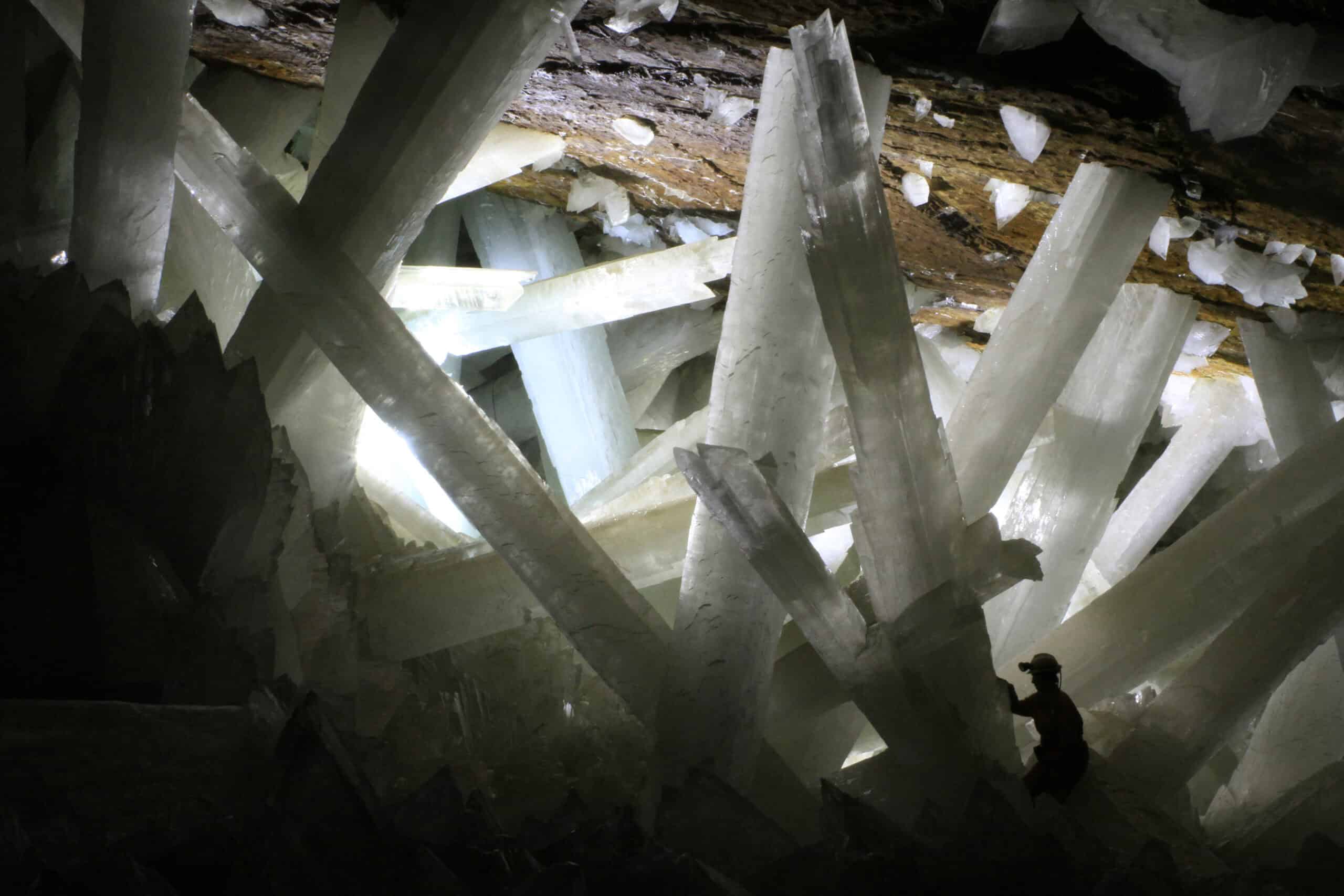
Located deep within the Naica Mine in Chihuahua, Mexico, the Naica Crystal Cave is home to some of the largest natural crystals ever found. Giant selenite crystals, reaching up to 12 meters in length, fill the cavern, creating an otherworldly landscape. These massive formations have developed over hundreds of thousands of years under conditions of high temperature and humidity. The cave’s rare and beautiful crystal formations attract researchers and adventurers alike. However, due to the extreme environment, only scientists with special equipment can explore its depths.
Lechuguilla Cave, USA
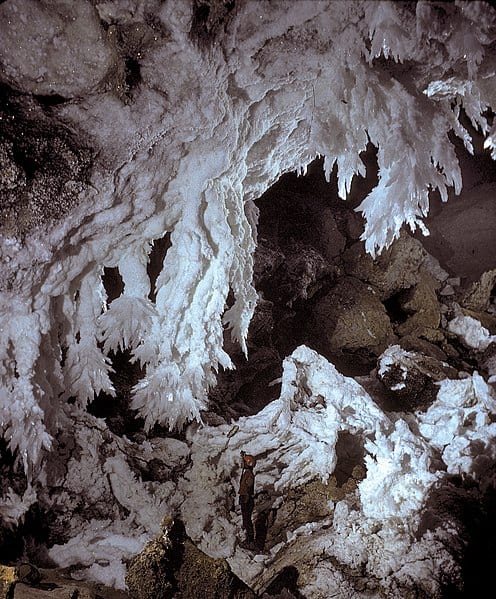
Situated in Carlsbad Caverns National Park, New Mexico, Lechuguilla Cave is renowned for its stunning and unique formations. This cave features a variety of rare minerals, including gypsum chandeliers, lemon-yellow sulfur deposits, and delicate aragonite crystals. Stretching over 222 kilometers, it is one of the longest caves in the world. The cave’s remarkable formations are the result of sulfuric acid dissolution, a process relatively rare in cave formation. Lechuguilla Cave remains largely unexplored and is considered a scientific treasure trove.
Caverns of Sonora, USA
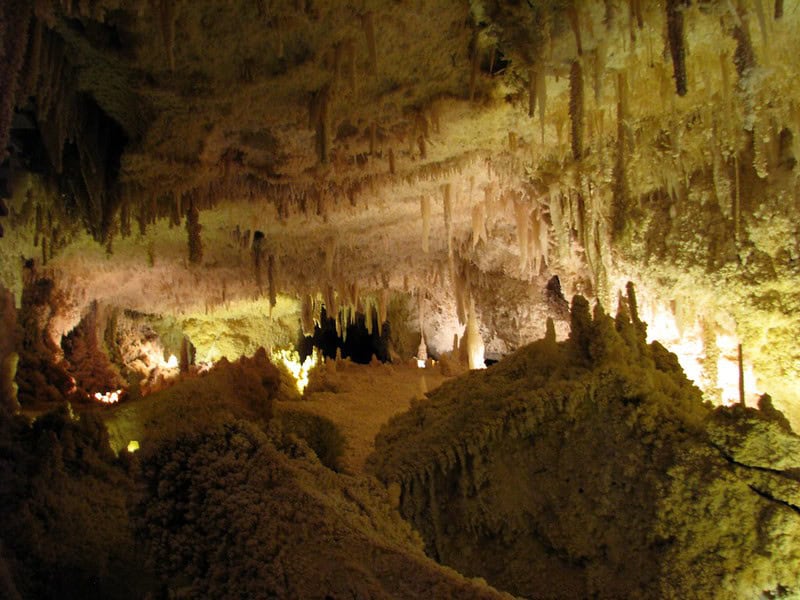
The Caverns of Sonora in Texas are famous for their extraordinary calcite formations. These include helictites, which are rare, twisted speleothems that seem to defy gravity. The cave also houses exquisite soda straws and delicate formations known as “cave bacon.” These formations are the result of slow mineral deposits over millennia, creating a breathtaking display. Visitors can explore this living cave and witness its ongoing geological processes firsthand.
Waitomo Glowworm Caves, New Zealand
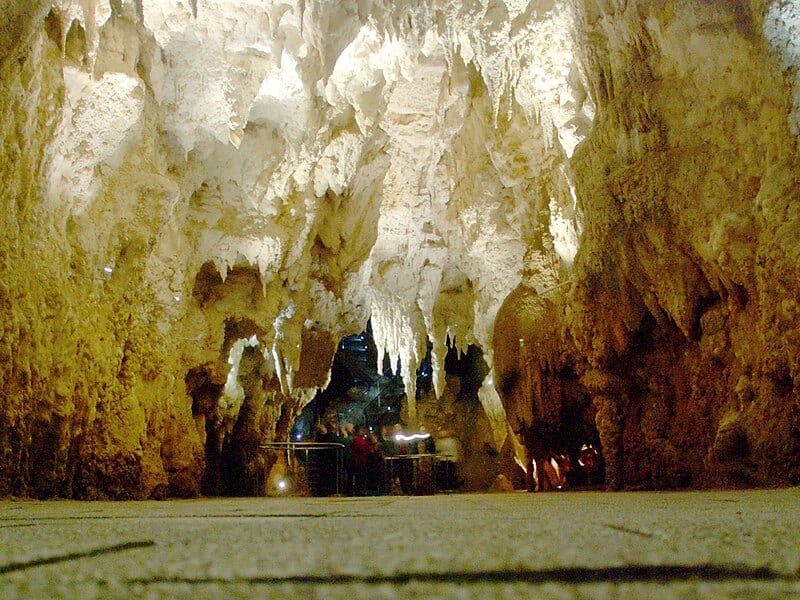
The Waitomo Glowworm Caves in New Zealand are renowned for their enchanting bioluminescent glowworms. However, they also feature fascinating mineral formations, including stalactites and stalagmites. These formations are composed primarily of limestone and have been shaped over millions of years by water erosion. The cave’s combination of rare living organisms and mineral formations creates a unique and magical experience for visitors. Tours through the caves offer a chance to marvel at the natural beauty of both the glowworms and the geological structures.
Reed Flute Cave, China
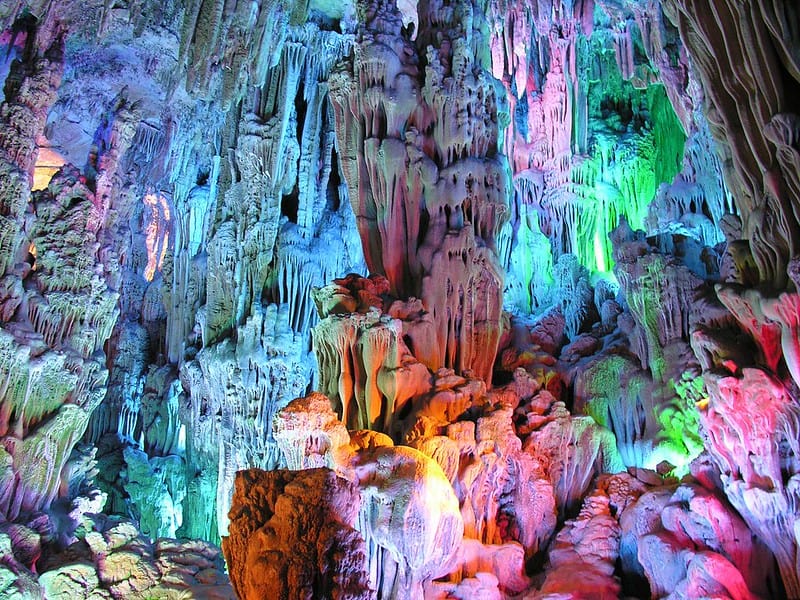
Located in Guilin, China, the Reed Flute Cave is a natural limestone cave filled with a multitude of stunning formations. The cave features stalactites, stalagmites, and columns in various colors due to the presence of different minerals. Formed over 180 million years ago, it has been a popular tourist attraction for centuries. The cave’s name comes from the reeds growing outside, which are used to make flutes. Inside, visitors are treated to a spectacular light show that highlights the cave’s magnificent formations.
Jeita Grotto, Lebanon
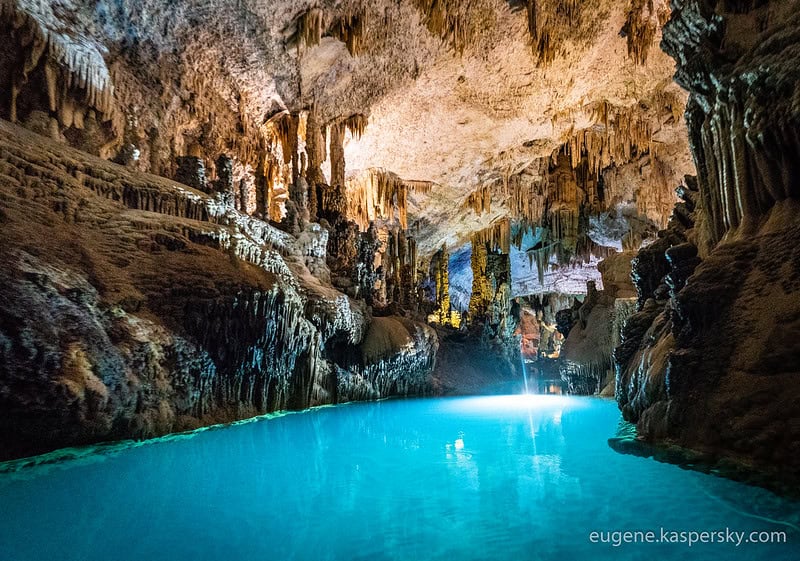
Jeita Grotto, situated near Beirut, Lebanon, is a series of interconnected karstic limestone caves. The grotto is divided into upper and lower galleries, each showcasing unique formations. The upper gallery features massive stalactites and stalagmites, while the lower gallery includes an underground river. This river has created rare formations like natural bridges and limestone curtains. Jeita Grotto is considered one of the most beautiful caves in the world, drawing visitors with its natural splendor and geological significance.
Škocjan Caves, Slovenia
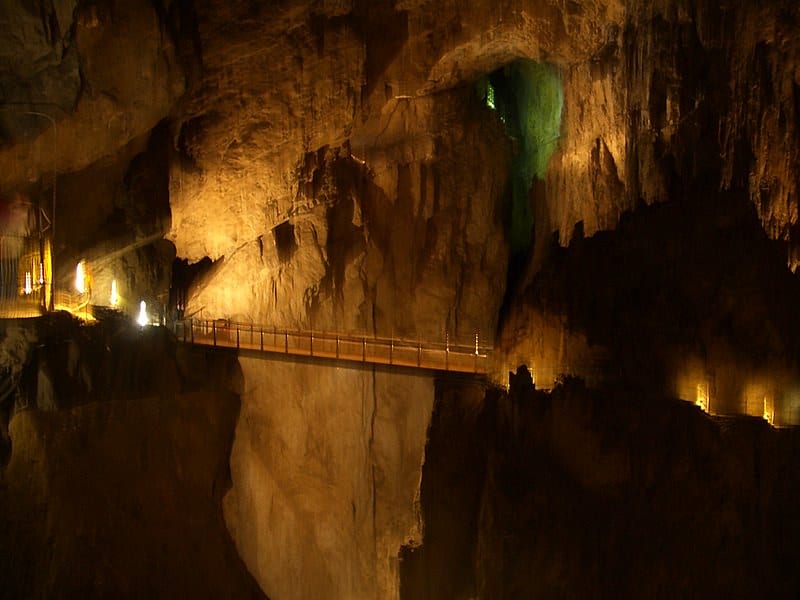
The Škocjan Caves in Slovenia are a UNESCO World Heritage Site known for their vast underground chambers and unique mineral formations. This cave system includes some of the largest underground canyons in the world. The caves are adorned with stalactites, stalagmites, and flowstone formations, created over millennia by the Reka River. The Great Hall, with its massive formations and echoing acoustics, is particularly impressive. Škocjan Caves are not only a natural wonder but also an important site for scientific research.
Hang Sơn Đoòng, Vietnam
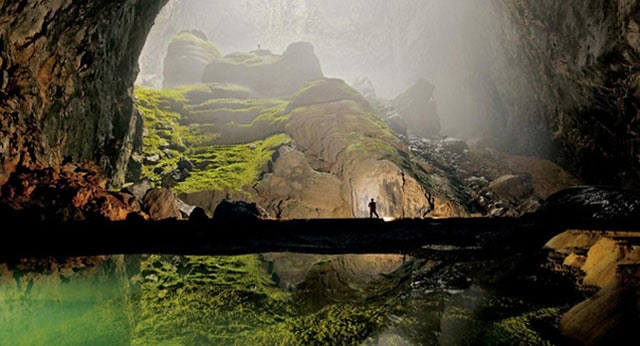
Hang Sơn Đoòng in Vietnam is the largest cave in the world by volume and features some of the most remarkable mineral formations. Discovered in 1991, it contains immense stalagmites, some of which are over 70 meters tall. The cave also boasts unique formations such as cave pearls and rimstone pools. The sheer scale and beauty of Hang Sơn Đoòng make it a must-visit for adventurers and geologists alike. Its formation is attributed to river water eroding away limestone over millions of years.
Mammoth Cave, USA
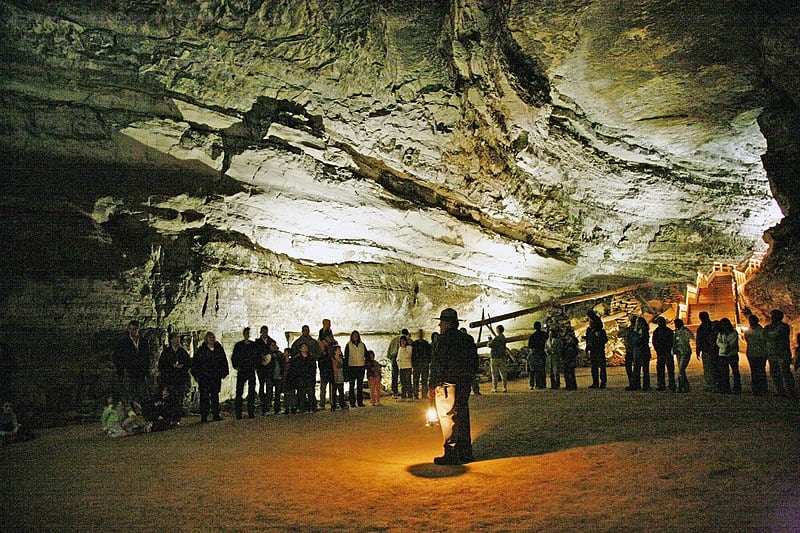
Mammoth Cave in Kentucky, USA, is the longest cave system in the world, with over 640 kilometers of explored passageways. This cave is home to a variety of rare mineral formations, including gypsum flowers, gypsum needles, and mirabilite deposits. These formations provide valuable insights into the cave’s geological history and the environmental conditions that shaped it. Mammoth Cave’s extensive and diverse mineral formations make it a key site for scientific study and exploration. Visitors can explore parts of this vast underground world through guided tours.
Baradla Cave, Hungary
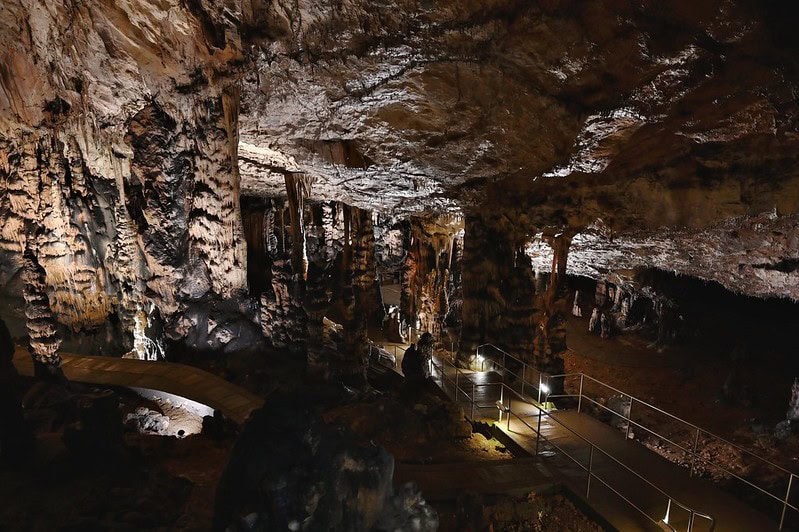
Baradla Cave, part of the Aggtelek Karst and Slovak Karst UNESCO World Heritage Site, is one of the most significant caves in Hungary. Known for its rare and colorful stalactites and stalagmites, the cave also features unique flowstone formations. The cave has been inhabited since prehistoric times, adding an archaeological significance to its natural beauty. Baradla’s formations are a result of thousands of years of mineral deposition from dripping water. Guided tours allow visitors to explore the cave’s stunning underground landscape.
Luray Caverns, USA
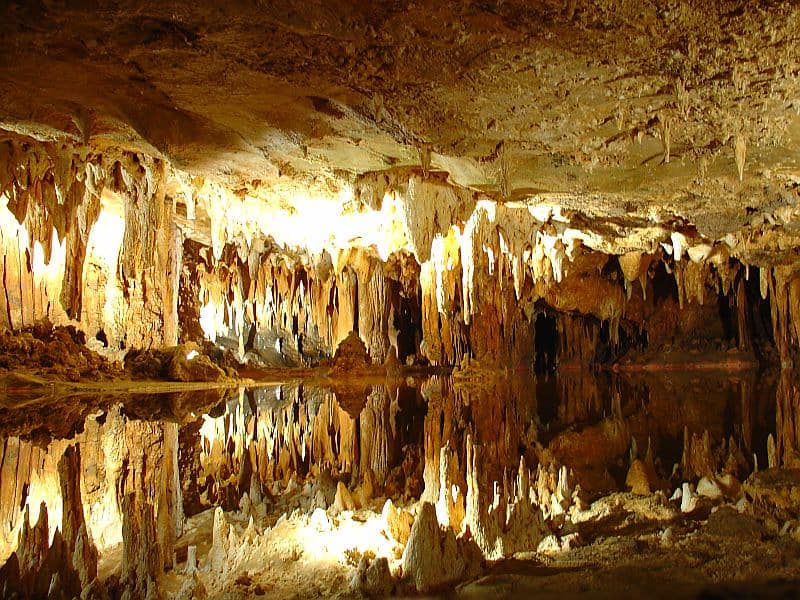
Luray Caverns in Virginia, USA, are famous for their impressive array of calcite formations. These include massive columns, flowstone, and delicate draperies. One of the cave’s most notable features is the Great Stalacpipe Organ, which uses stalactites to produce musical tones. Formed over millions of years, Luray Caverns’ formations are a testament to the slow and steady work of water and minerals. The caverns attract visitors with their natural beauty and unique musical instrument.
Akiyoshido Cave, Japan
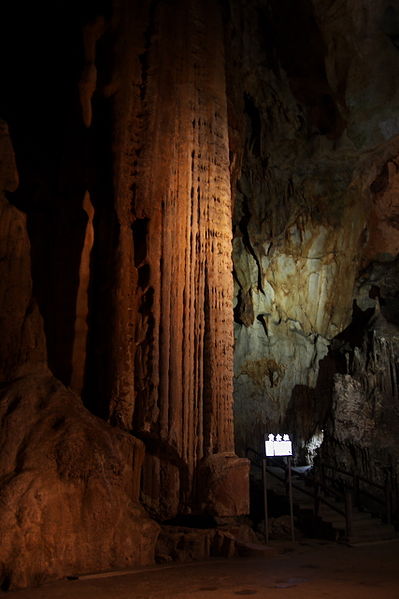
Located in Yamaguchi Prefecture, Japan, Akiyoshido Cave is the longest limestone cave in the country. It features a wide array of rare mineral formations, including flowstone, stalactites, and rimstone pools. The cave’s most striking feature is its massive underground river, which has shaped its unique landscape over millions of years. Akiyoshido’s formations are highlighted by strategic lighting, enhancing their natural beauty. Visitors can explore the cave through a series of well-maintained pathways and bridges.
Marble Caves, Chile
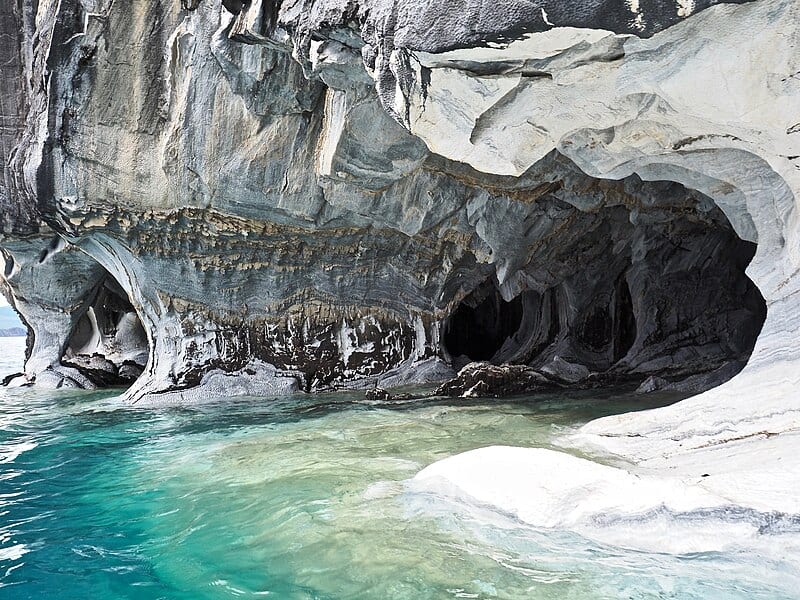
The Marble Caves, located on General Carrera Lake in Chile, are known for their stunningly beautiful marble formations. These caves are formed from solid marble and have been shaped by the lake’s waters over thousands of years. The unique blue and green hues of the marble are a result of mineral deposits and the reflection of the water. The caves can only be accessed by boat, adding to their mystique and allure. The interplay of light and water creates a mesmerizing display within the caves.
Phraya Nakhon Cave, Thailand
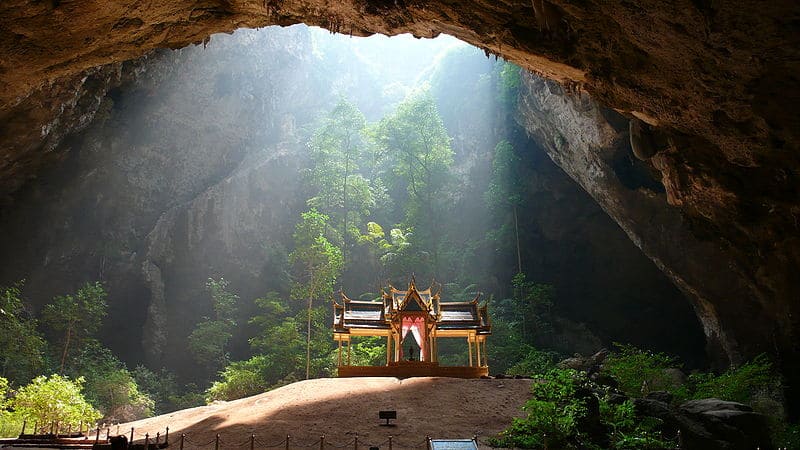
Phraya Nakhon Cave in Thailand is not only known for its rare mineral formations but also for its historical significance. The cave features stunning stalactites and stalagmites, as well as a beautiful pavilion built for King Chulalongkorn in the 19th century. Sunlight streams through a large opening in the cave’s ceiling, illuminating the formations and the pavilion below. The cave’s unique combination of natural beauty and historical architecture makes it a popular destination for visitors. It is located within Khao Sam Roi Yot National Park, adding to its scenic appeal.
This article originally appeared on Rarest.org.
More From Rarest.Org
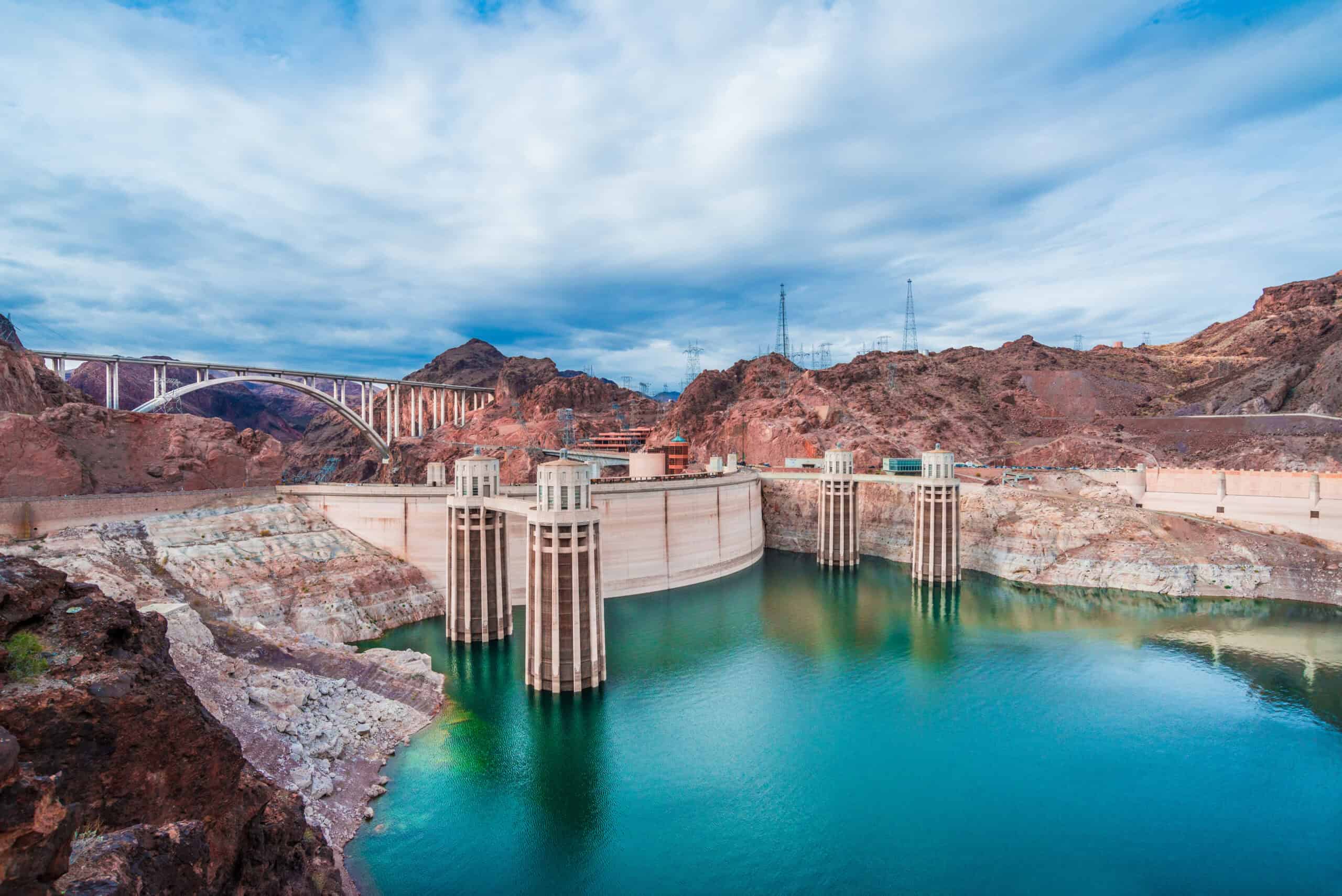
Human engineering has led to some of the most awe-inspiring structures and systems in history. From ancient wonders to modern marvels, these feats showcase our ability to design and build extraordinary projects that push the boundaries of what is possible. Read more.
20 Iconic Bridges with Stunning Views

Bridges are more than just functional structures; they are architectural marvels that connect places and people, offering some of the most stunning views in the world. From historic stone bridges to modern engineering feats, each iconic bridge has its unique charm and story. Read more.

